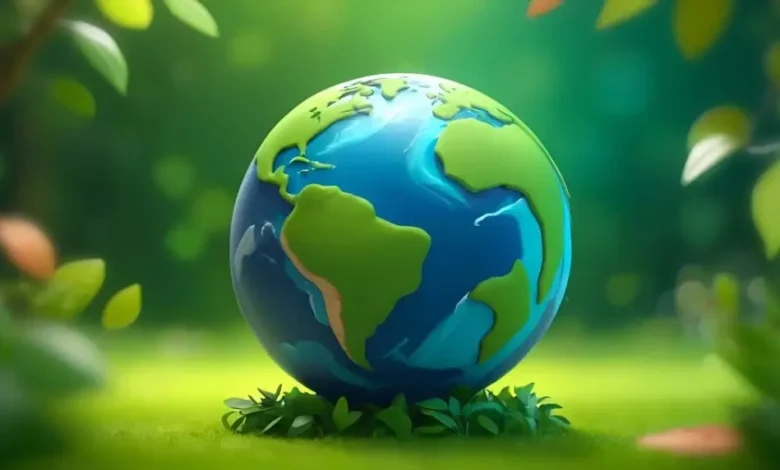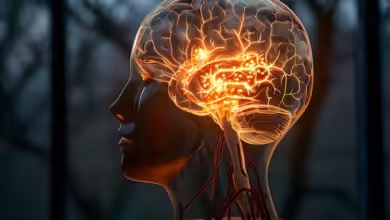The Environmental Impact of Using Digital clipart:hjoadbutp9i= earth: A Closer Look at clipart:hjoadbutp9i= earth

Introduction to clipart:hjoadbutp9i= earth
In a world increasingly driven by technology, the way we create and share art has shifted dramatically. Digital clipart has become a staple for designers, educators, and content creators looking to enhance their projects with vibrant visuals. But amidst this digital revolution lies an important question: what is the environmental impact of using digital clipart? As we delve into this topic, we’ll explore how these seemingly innocuous images can influence our planet’s health—both positively and negatively. Join us as we take a closer look at the intersection of creativity and sustainability in the realm of digital clipart focused on Earth’s beauty.
The Growing Popularity of Digital clipart:hjoadbutp9i= earth and Its Environmental Impact
Digital clipart has rapidly gained traction in recent years. Artists and designers are embracing it for its accessibility and versatility. With just a few clicks, users can access a vast library of images that fit any project.
This shift from traditional to digital means fewer trees cut down for paper products. The environmental impact is significant, reducing the carbon footprint associated with printing and shipping physical materials.
Moreover, digital creations can be easily modified or repurposed. This reduces waste generated by discarded designs or unused prints. Instead of throwing away excess stock, creators can adapt their work to new contexts seamlessly.
As communities move toward eco-friendliness, the demand for sustainable alternatives continues to rise. Digital clipart serves as an exciting step forward in that journey while empowering creatives worldwide to explore innovative design solutions.
Benefits of Using Digital clipart:hjoadbutp9i= earth for the Environment
Digital clipart:hjoadbutp9i= earth offers several advantages that benefit our environment. By eliminating the need for paper, it significantly reduces deforestation. Fewer trees cut down means healthier ecosystems and less impact on wildlife habitats.
Moreover, digital files require no physical storage space. This reduction in manufacturing and shipping not only saves energy but also cuts down on greenhouse gas emissions associated with transportation.
Another noteworthy aspect is the ease of sharing digital resources. Artists can distribute their work globally without the environmental footprint linked to traditional printing methods.
In addition, creators often update their designs electronically, minimizing waste from outdated or unsold products. As artists embrace this modern medium, they contribute to a culture of sustainability while enhancing creativity and accessibility in design.
The transition to digital clipart reflects a growing awareness of ecological responsibility within creative industries.
Challenges Faced by Traditional Paper-Based clipart:hjoadbutp9i= earth Industry
The traditional paper-based clipart industry faces significant challenges in today’s digital age. One major hurdle is the declining demand for physical products. As consumers shift toward online resources, printed clipart collections struggle to stay relevant.
Environmental concerns also plague the paper industry. The sourcing of raw materials often involves deforestation, leading to habitat destruction and increased carbon emissions. This reality puts immense pressure on companies to find sustainable practices without compromising quality or creativity.
Additionally, production costs are rising due to stricter regulations surrounding waste management and recycling processes. Companies must adapt quickly or risk being left behind.
Competition from digital platforms intensifies daily. Many artists now create stunning digital clipart that can be easily accessed and shared globally, further diminishing the appeal of traditional methods.
Steps Taken by clipart:hjoadbutp9i= earth to Promote Sustainability
Digital clipart platforms are increasingly adopting eco-friendly practices. Many services now use renewable energy sources to power their servers, which significantly reduces carbon footprints.
Additionally, some companies have begun implementing strict digital asset management policies. This helps minimize digital waste and ensures that users maintain high-quality resources without unnecessary duplicates.
Educating users is another critical step. Tutorials on creating sustainable designs encourage artists to think about the environmental impact of their work.
Moreover, collaborations with environmental organizations promote awareness within the design community. By aligning with these groups, they amplify the message of sustainability far beyond just art creation.
These initiatives reflect a growing commitment to responsible practices in the digital realm. As more creators embrace this shift, it paves the way for a greener future for all involved in clipart production and usage.
Criticisms and Controversies Surrounding clipart:hjoadbutp9i= earth’s Environmental Eff
Critics argue that while digital clipart promotes eco-friendliness, it is not entirely without flaws. The energy consumption associated with creating and distributing digital content remains a significant concern. Data centers, which store and manage vast amounts of online information, consume enormous volumes of electricity.
Moreover, the production of devices used to create and view digital clipart also contributes to environmental degradation. Manufacturing electronic gadgets requires raw materials, many derived from environmentally sensitive areas.
Additionally, some voices in the art community question whether mainstreaming digital clipart undermines traditional artists’ livelihoods. This debate raises ethical questions about accessibility versus sustainability in creative industries.
There are worries about the carbon footprint tied to internet usage itself. As more people access and share digital artwork globally, these emissions can accumulate quickly over time.
Conclusion to clipart:hjoadbutp9i= earth
The shift towards digital clipart:hjoadbutp9i= earth has opened new avenues for creativity while also raising important questions about environmental sustainability. As we explore the impact of this medium, it’s crucial to recognize both its benefits and challenges.
Digital clipart allows artists and designers to reduce their reliance on paper. This move can significantly minimize deforestation and lower carbon footprints linked with traditional printing methods. The ease of accessibility means that creators can share their work globally without the need for physical resources.
However, it’s essential to acknowledge the concerns surrounding energy consumption from digital devices, data storage, and cloud services. These factors contribute indirectly to ecological issues that cannot be overlooked. Moreover, as the industry expands, there’s a pressing need for responsible practices within tech production itself.
Many companies are now taking steps toward improved sustainability by investing in renewable energy sources or offsetting emissions through various initiatives. Yet some critics argue these measures may fall short of what is necessary for true environmental stewardship.
With ongoing debates regarding digital versus traditional forms of artistry, it’s vital for consumers and creators alike to remain informed about their choices’ broader implications on our planet’s health. Embracing eco-friendly practices will not only benefit current generations but also preserve valuable resources for future ones.
As we continue exploring innovative solutions in art and design industries like clipart:hjoadbutp9i= earth, awareness around sustainable options remains an essential part of the conversation moving forward—ensuring creativity flourishes alongside our responsibility towards Mother Earth.





